
When straw is properly recognized as a strategic biomass resource, not a post-harvest waste, rice fields will not only provide food, but also create new added value for farmers, businesses and the region's green economy - Photo: VGP/LS
From by-product to 'strategic biomass resource'
The workshop was built on the scientific foundation of the RiceEco Project, funded by the Mekong-Korea Cooperation Fund for the period 2023-2025, focusing on developing and replicating sustainable straw management solutions for the Mekong Delta and neighboring countries in the Mekong Subregion.
Dr. Nguyen Van Hung, senior agricultural expert of IRRI, Head of the RiceEco project team, said that straw management technology solutions have been developed and applied in the Mekong Delta, then expanded to Cambodia, Thailand, Myanmar, Laos... with adjustments suitable to local conditions.
In particular, the "Mechanized straw management solution towards emission reduction and circular agriculture" has been recognized as a "Technical Advancement" of Vietnam, and is encouraged and prioritized for application by the Ministry of Agriculture and Environment. More importantly, this solution has become a key component of the High-Quality and Low-Emission Rice Production Process in the Mekong Delta, the basis for the Project of 1 million hectares of high-quality and low-emission rice in the Mekong Delta.
Pilot rice cultivation models applying straw management according to the principles of circular agriculture show that straw is truly a biomass resource if handled properly. The results recorded a reduction of up to 3 tons of CO₂ equivalent/ha compared to the method of completely burying straw in flooded fields, while rice yield increased by 10-15% when using organic fertilizer produced from straw.
Along with that, the EasyFarm application - one of the products partially funded by the RiceEco project has been tested with more than 2,000 farmers. This application connects farmers with mechanized straw rolling services and straw purchasing markets, creating a digital platform for farmers to transact directly with businesses, increase income and gradually change straw handling habits in an environmentally friendly direction.
Speaking at the opening of the workshop, Dr. Robert Caudwell, IRRI Representative in Vietnam, emphasized a new vision for straw: "Straw is not a problem to be managed, but a solution to be exploited." According to him, through his experience working in many Asian countries, IRRI has witnessed straw being converted into compost, animal feed, straw mushrooms... both reducing emissions and air pollution and creating new sources of income for farmers.
In Vietnam, IRRI is working closely with the Ministry of Agriculture and Environment, localities and cooperatives to implement sustainable solutions – important components of the 1 million hectare high-quality, low-emission rice project in the Mekong Delta. “Let this workshop be a catalyst for igniting new collaborations, inspiring bold ideas, and laying the foundations for a prosperous circular economy of rice straw in the Mekong region,” Dr. Robert Caudwell called.

Dr. Robert Caudwell: Straw is not just a problem to be managed, but a solution to be exploited - Photo: VGP/LS
Perfecting policies to unlock the straw market
From the perspective of the management agency, Mr. Le Duc Thinh, Director of the Department of Economic Cooperation and Rural Development (Ministry of Agriculture and Environment) said that straw management is entering a new phase, directly linked to Vietnam's major commitments on green growth and net zero emissions.
He emphasized that in the context of the Government approving the Project of 1 million hectares of high-quality, low-emission rice associated with green growth and committing to Net Zero by 2050, straw management is not just a purely technical matter, but has become a strategic pillar of green transformation in the rice industry. If the straw problem is not thoroughly resolved, the goal of reducing emissions and upgrading the rice value chain will be very difficult to achieve.
From that reality, Director Le Duc Thinh outlined three key groups of tasks.
Firstly, it is necessary to perfect the institutions and legal framework to recognize straw as a biomass resource, not a waste by-product , and at the same time issue technical standards and regulations on collection, preservation, transportation, reuse, etc., creating a legal foundation for the sustainable development of the straw market.
Second, the value chain must be reorganized with the central role of cooperatives . Cooperatives not only provide mechanized straw collection services and organize collection points, but also act as a "bridge" connecting with enterprises processing organic fertilizers, biochar, biomass pellets and other value-added products, helping to form a stable supply source and share value more fairly with farmers.
Third, strongly mobilize financial resources and integrate carbon mechanisms. “It is necessary to mobilize financial resources and integrate carbon mechanisms, take advantage of chain credit packages, linkage support mechanisms under Decree 98/ND-CP, credit funds and ODA, promptly build a measurement - reporting - appraisal system (MRV) for straw, integrate into the carbon credit mechanism, thereby creating clear economic incentives for people and businesses to participate in sustainable models,” Mr. Le Duc Thinh suggested.
From the industry perspective, Mr. Le Thanh Tung, Vice President and General Secretary of VIETRISA, affirmed: "Sustainable straw management is an important pillar for the 1 million hectare high-quality and low-emission rice project in the Mekong Delta to achieve the emission reduction target. This is not only a technical requirement, but also a great economic opportunity for farmers and businesses."
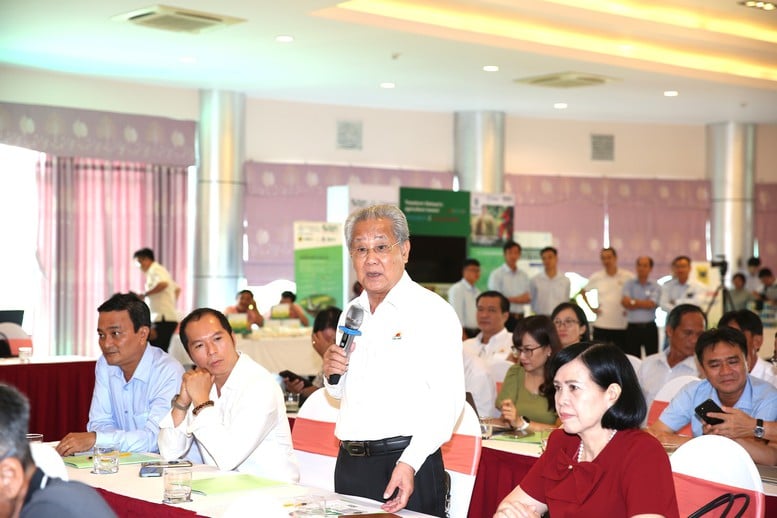
Mr. Huynh Van Thon: Income from straw not only helps farmers offset production costs, but also encourages them to maintain rice cultivation, in the context that rice growers are assigned the responsibility of ensuring national food security - Photo: VGP/LS
Businesses 'awaken' the value of straw
From a research perspective, Dr. Nguyen Hong Tin (Can Tho University), representative of the collaborative research group between Can Tho University and IRRI, announced comprehensive research results from the RiceEco 2025 project after surveying 385 subjects in 3 provinces, revealing the real picture of the flow of straw from fields to end consumers. The study shows that traders are "leading" the chain with 32.4% of straw. Straw is mainly used for mushroom cultivation (17.9%), livestock (5.9%) and vegetable cultivation (2.7%). Of which, mushroom cultivation brings the highest profit (77.9%), with a total economic value of 6,671 billion VND/year.
However, the value chain of rice straw still shows many limitations: Lack of quality standards, no formal trading floor, weak logistics and lack of preferential credit. Dr. Nguyen Hong Tin proposed: It is necessary to establish the legal status of "rice straw as a biomass resource", issue standards, support credit and integrate rice straw into the carbon mechanism to form a more transparent and sustainable market.
The highlight of the workshop was the participation of many businesses and cooperatives that are directly implementing the circular economy model in agriculture in the southern provinces. Practical stories from “fields, factories, laboratories” showed that straw is gradually moving out of its role as a by-product and becoming a new link in the rice value chain.
To partially answer this question, Mr. Huynh Van Thon, Chairman of Loc Troi Agricultural Group shared: Along with the new perspective of the State, scientists and the business community, straw has been and is being viewed very differently. From being considered an obstacle to production and difficult to handle after harvest, straw is now considered a valuable product when there is investment in technology in the collection and processing stages. According to him, this is a significant additional income for the rice economy in general and for each farming household in particular.
Income from straw not only helps farmers offset production costs, but also encourages them to maintain rice cultivation, in the context that rice growers are assigned the responsibility of ensuring national food security, being one of the pillars of the economy, and contributing to Vietnam's position in the international rice market.
With the current trend of science and technology development, Mr. Huynh Van Thon believes that almost all rice plants can be processed into high-value products. Rice grains are gradually becoming "intermediate products" in a wider product chain, from straw, husks, bran, broken rice to post-rice products, all can be extracted into materials serving life, agriculture, industry, health care, beauty...
“For a long time, we have gradually invested in straw processing such as straw mushroom processing and cooperating with Ho Chi Minh City University of Technology in solving waste products from milled rice with crushed rice husks to produce bioplastics that decompose very quickly. This shows that we need to make more efforts to turn aspirations and potentials into reality, bringing practical values to today's life,” said Mr. Huynh Van Thon.
ASEAN Learning Alliance and the lesson of 'turning waste into assets'
Not only Vietnam, many countries in the region are also facing the problem of managing straw in a more environmentally friendly and economically sustainable way. From that common need, the ASEAN Learning Alliance on Circular Economy from Straw was formed and became a "bridge" for cooperation in the region, where parties share experiences, technology and business models.
Dr. Rica Flor, Senior Scientist of IRRI, highlighted the significance and impact of the Alliance: "The ASEAN Learning Alliance on Circular Economy from Rice Straw is promoting multi-stakeholder learning and cross-border cooperation. More than 100 delegates from five countries (Vietnam, Laos, Cambodia, Myanmar and Thailand), including farmers, cooperatives, extension officers, businesses and policy makers, have come together to share knowledge, technology and practical business models. The Alliance not only replicates technical solutions and shares effective implementation experiences, but also builds a sustainable cooperation network in the region."
According to her, each country has different conditions, but the challenges of straw management are similar. Through the Alliance, parties can learn from both successes and failures, adapt the model to suit their own context, and work towards the common goal of green agriculture and emission reduction. “This is the long-term impact – turning experience sharing into concrete commitments to action, turning connections into sustainable innovation at each farming community,” Dr. Rica Flor emphasized.
In that picture, Cambodia is mentioned as a typical example of the journey of "turning waste into assets". This country has about 10 million tons of straw every year, of which 3 million tons are burned in the fields, causing loss of nutrients, greenhouse gas emissions and degradation of the soil ecosystem. Dr. Rica Joy Flor said that the research team used GIS maps to monitor the situation of straw burning for 22 years, from which to build a model of mechanized compost production. The results showed that rice and vegetable yields increased significantly, and soil biodiversity was restored even in areas with a long history of straw burning.
The strategy for replicating the model in Cambodia is built on nine pillars, from raising community awareness, transferring diverse technology packages (animal feed, mushrooms, compost), to designing financial support programs and building appropriate policy frameworks. The core lesson is to work closely with the community, rely on scientific evidence and co-design strategies with stakeholders to ensure sustainability.
From pilot to market for rice straw and carbon credits
From the research results, pilot models and international lessons shared at the workshop, experts agreed that the "scenario" of burning rice straw needs to be replaced by a closed value chain, in which rice straw is collected, processed, reused and properly valued as a biomass resource .
With more than 100 million tons of straw per year in the Mekong Sub-region, if managed in a circular economy direction, this will be an important source of input materials for the production of organic fertilizers, bio-materials, energy pellets, livestock, mushroom growing... and at the same time a potential "store" of carbon credits associated with the region's emission reduction programs.
To realize that potential, along with perfecting the policy mechanism as proposed by the management agency, many opinions suggest that it is necessary to soon standardize the measurement - reporting - verification (MRV) process for straw management activities. Digital platforms, such as EasyFarm, can become an effective tool to help track the flow of straw from field to factory, making data transparent and creating trust for investors as well as carbon credit funds.
Le Son
Source: https://baochinhphu.vn/rom-ra-mo-sinh-khoi-moi-cua-vung-mekong-102251119121626154.htm


![[Photo] General Secretary To Lam receives President of the Senate of the Czech Republic Milos Vystrcil](/_next/image?url=https%3A%2F%2Fvphoto.vietnam.vn%2Fthumb%2F1200x675%2Fvietnam%2Fresource%2FIMAGE%2F2025%2F11%2F21%2F1763723946294_ndo_br_1-8401-jpg.webp&w=3840&q=75)
![[Photo] National Assembly Chairman Tran Thanh Man holds talks with President of the Senate of the Czech Republic Milos Vystrcil](/_next/image?url=https%3A%2F%2Fvphoto.vietnam.vn%2Fthumb%2F1200x675%2Fvietnam%2Fresource%2FIMAGE%2F2025%2F11%2F21%2F1763715853195_ndo_br_bnd-6440-jpg.webp&w=3840&q=75)


![[Photo] Visit Hung Yen to admire the "wooden masterpiece" pagoda in the heart of the Northern Delta](/_next/image?url=https%3A%2F%2Fvphoto.vietnam.vn%2Fthumb%2F1200x675%2Fvietnam%2Fresource%2FIMAGE%2F2025%2F11%2F21%2F1763716446000_a1-bnd-8471-1769-jpg.webp&w=3840&q=75)
![[Photo] President Luong Cuong receives Speaker of the Korean National Assembly Woo Won Shik](/_next/image?url=https%3A%2F%2Fvphoto.vietnam.vn%2Fthumb%2F1200x675%2Fvietnam%2Fresource%2FIMAGE%2F2025%2F11%2F21%2F1763720046458_ndo_br_1-jpg.webp&w=3840&q=75)






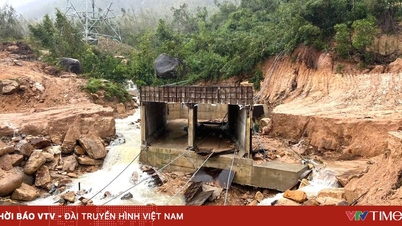
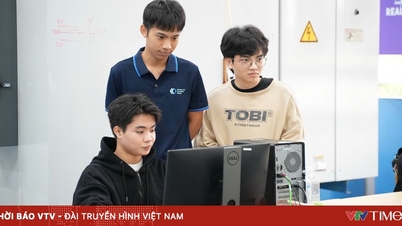






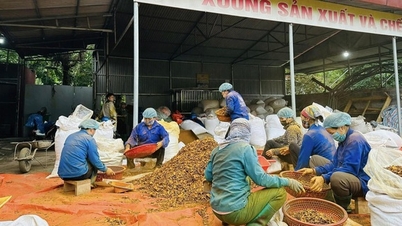
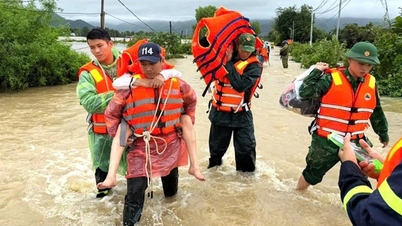

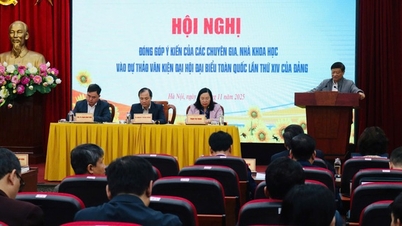




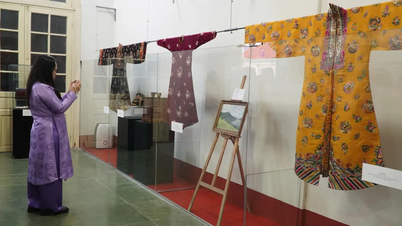

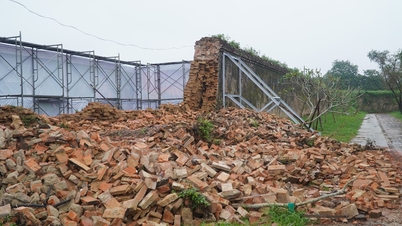

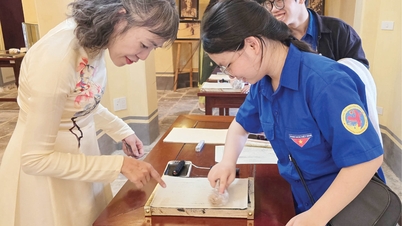









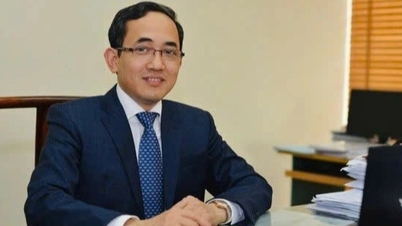



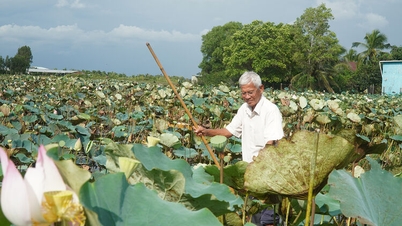

























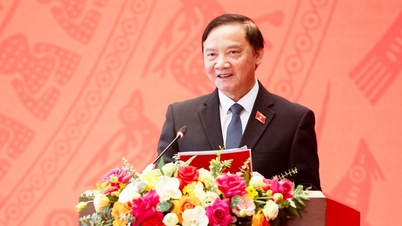
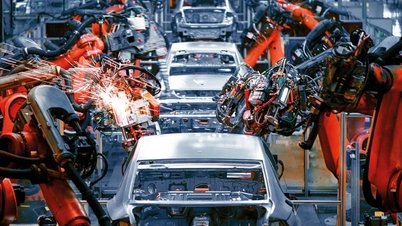

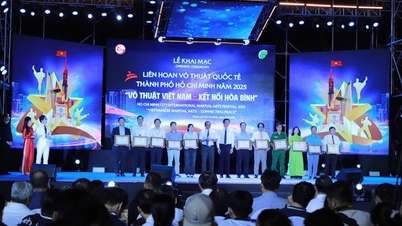

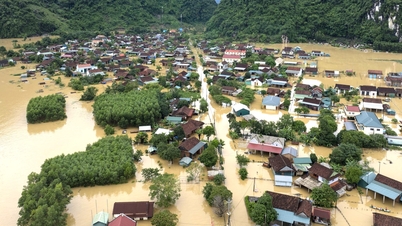






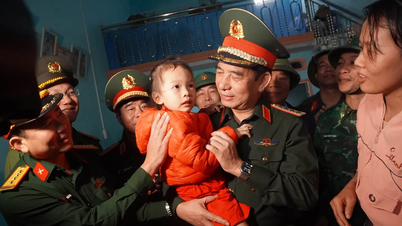
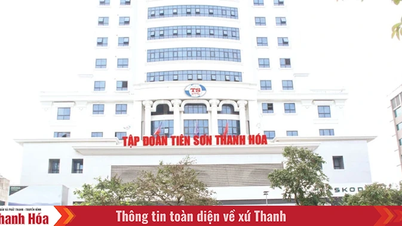

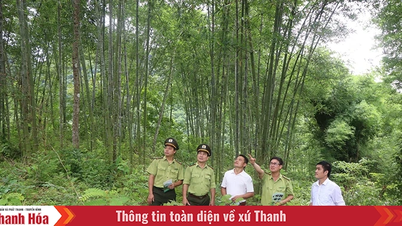














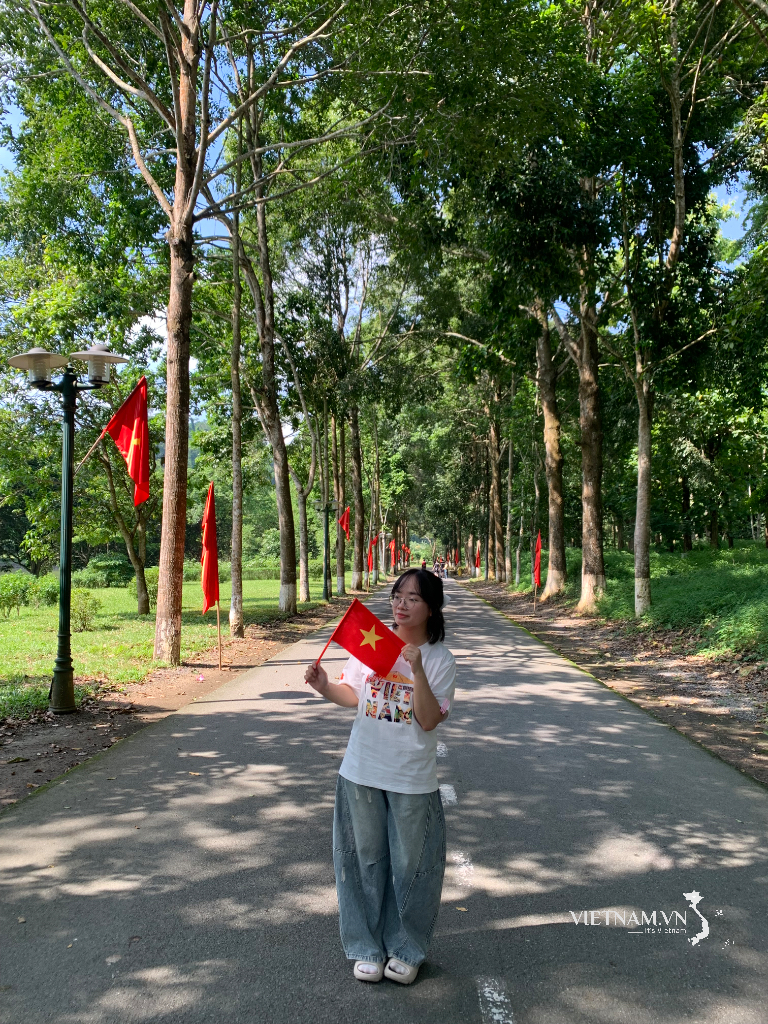


Comment (0)